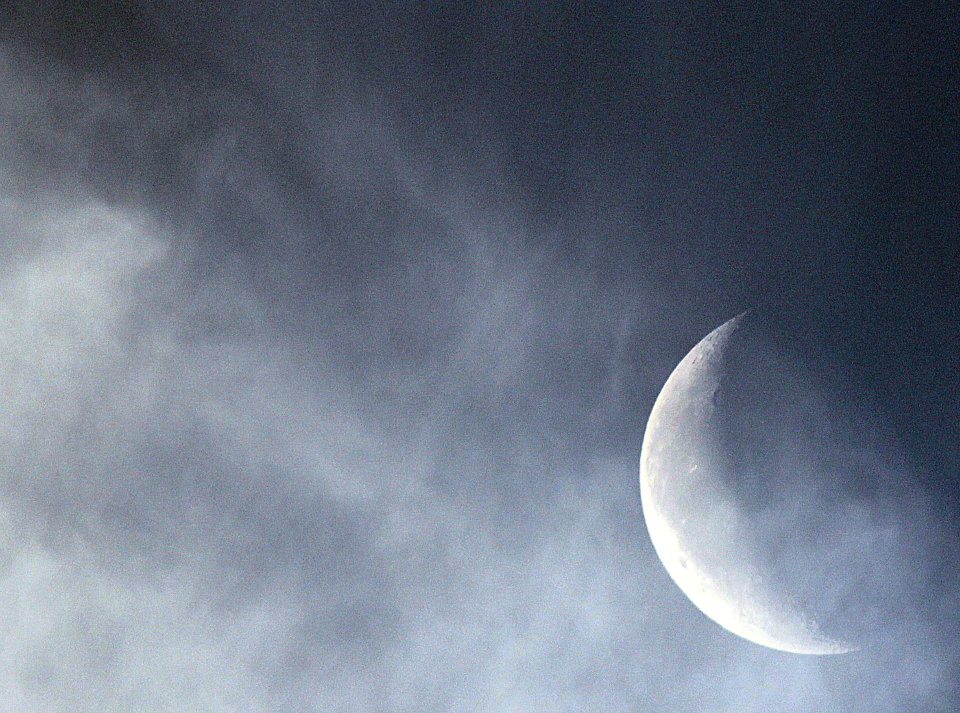Momentum Semester Review
Impulse and Change in Momentum
Impulse equals a force multiplied by time and is equal to a change in momentum. \(J=Ft=\Delta p = m \Delta v\)
We have to remember that momentum is a vector when we are calculating the change in momentum. \(\Delta p = m \Delta v = m(V_f-V_i)\). If a 2kg ball bounces of a wall and changes velocity from 4 m/s to -2 m/s, for example, the change in momentum is -12kgm/s.
Impulse can be calculated by finding the area under a force time graph.
The slope of a momentum time graph is the net force exerted on an object.
Conservation of Momentum
If there is not a net force coming from outside the system then momentum is conserved. \(\Sigma p_i=\Sigma p_f \)
If momentum is conserved, the system is said to be a closed system because there are no net external forces.
The velocity of the center of mass does not change in a closed system that conserves momentum.
Types of Collisions
Momentum is always conserved between objects that collide.
| Type of Collision | Is Momentum Conserved? | Is Kinetic Energy Conserved? | Does it Bounce or Stick? |
| Elastic | Yes | Yes | Bounce |
| Inelastic | Yes | No | Bounce |
| Perfectly Inelastic | Yes | No | Stick |

